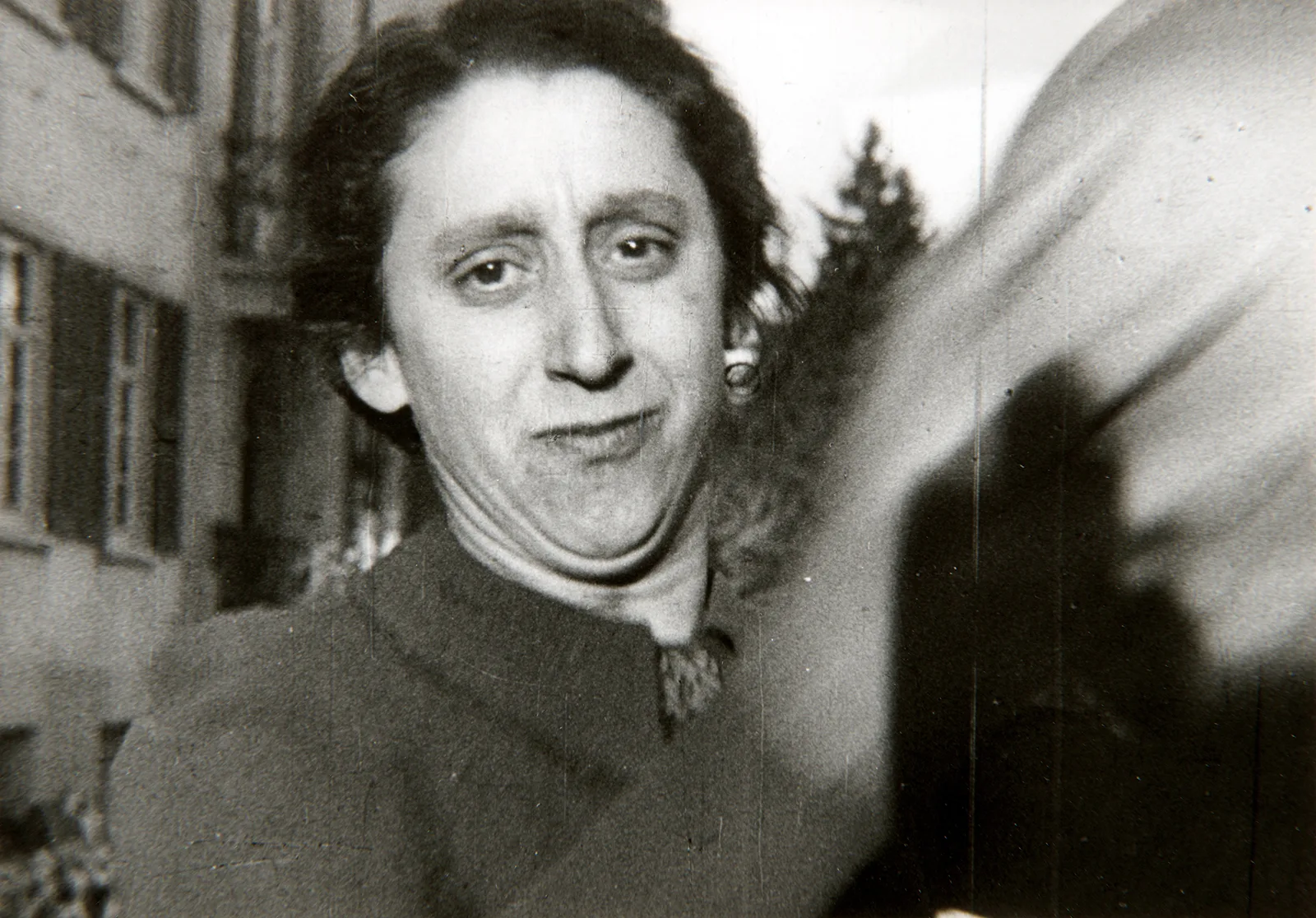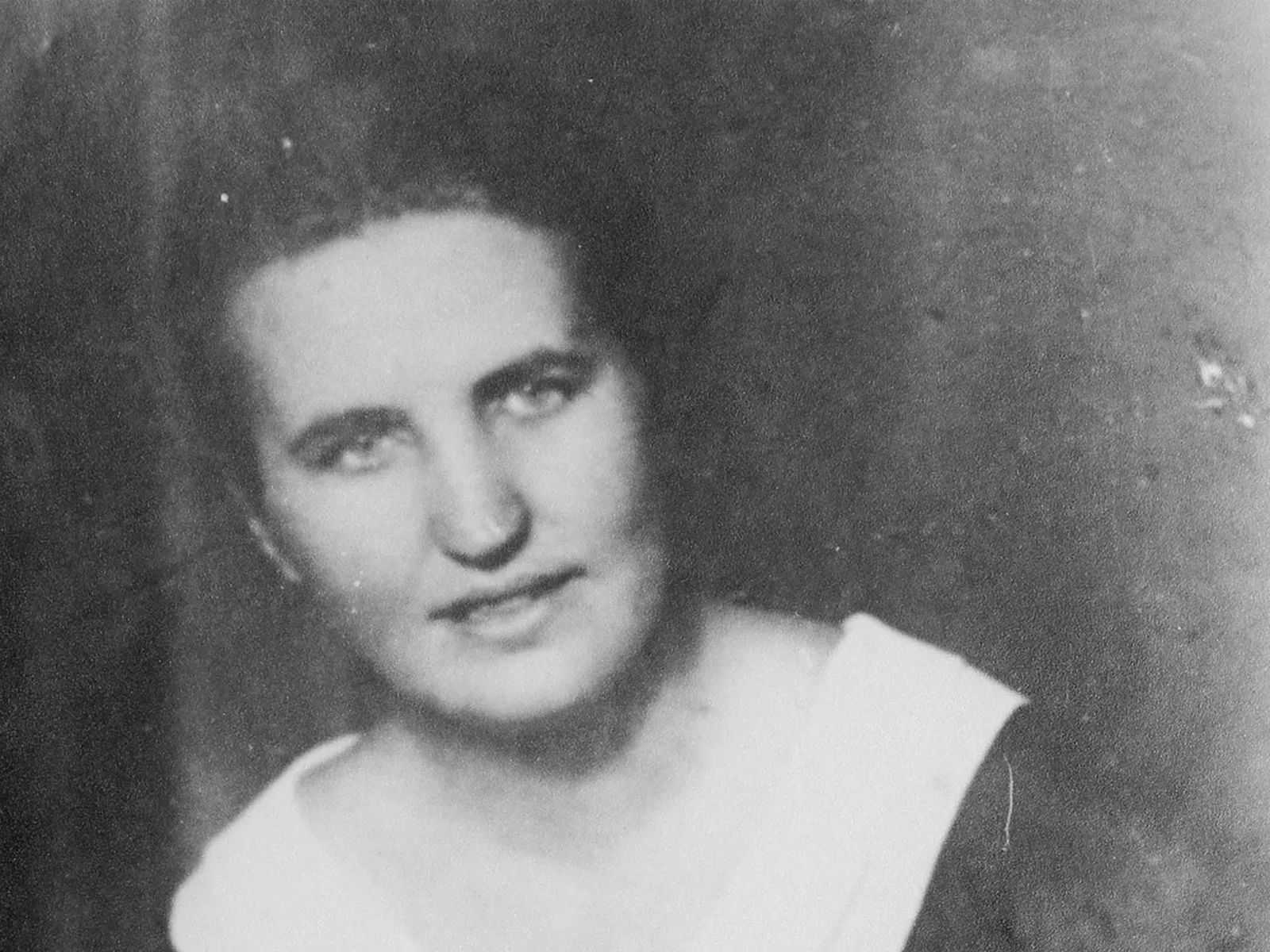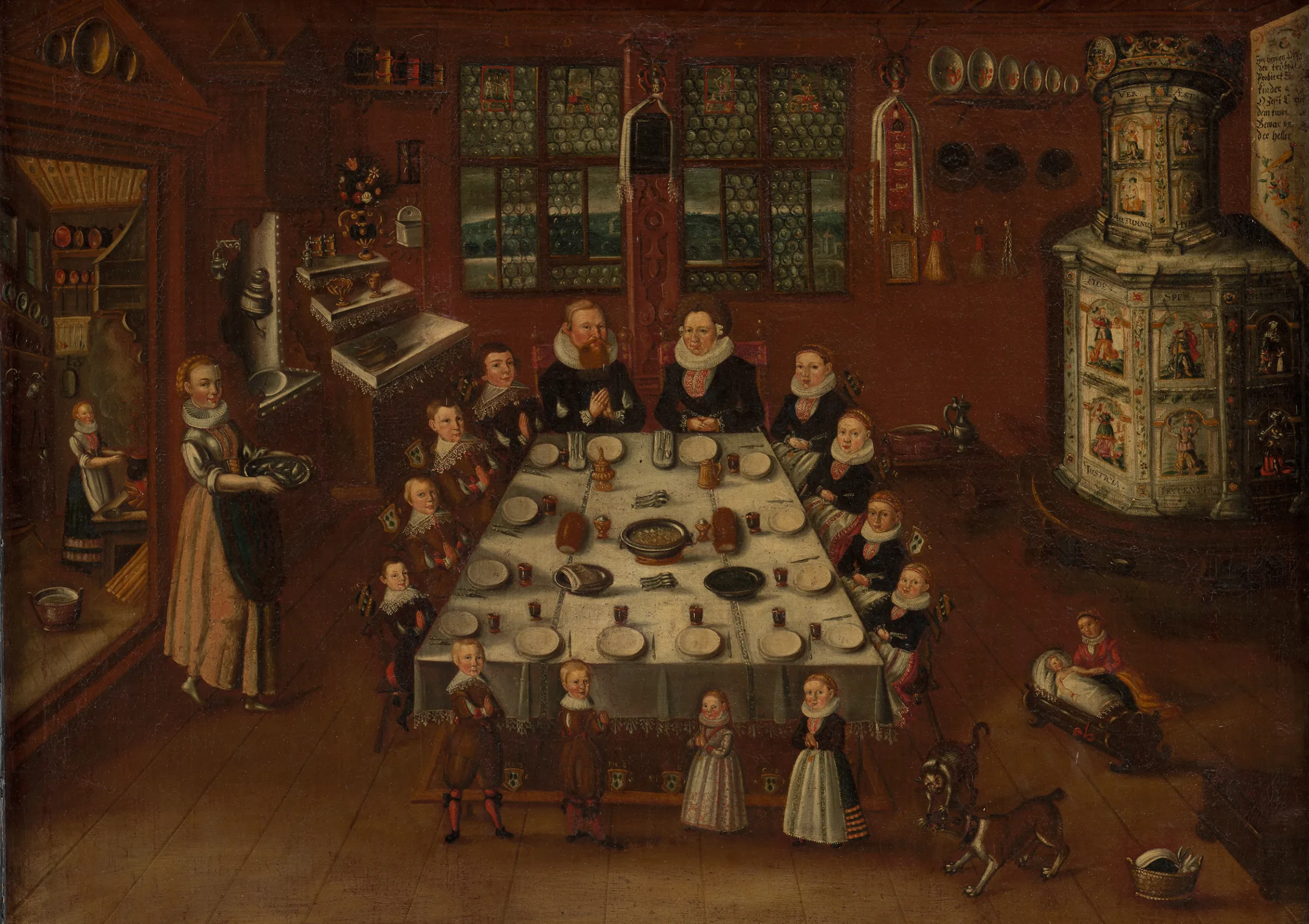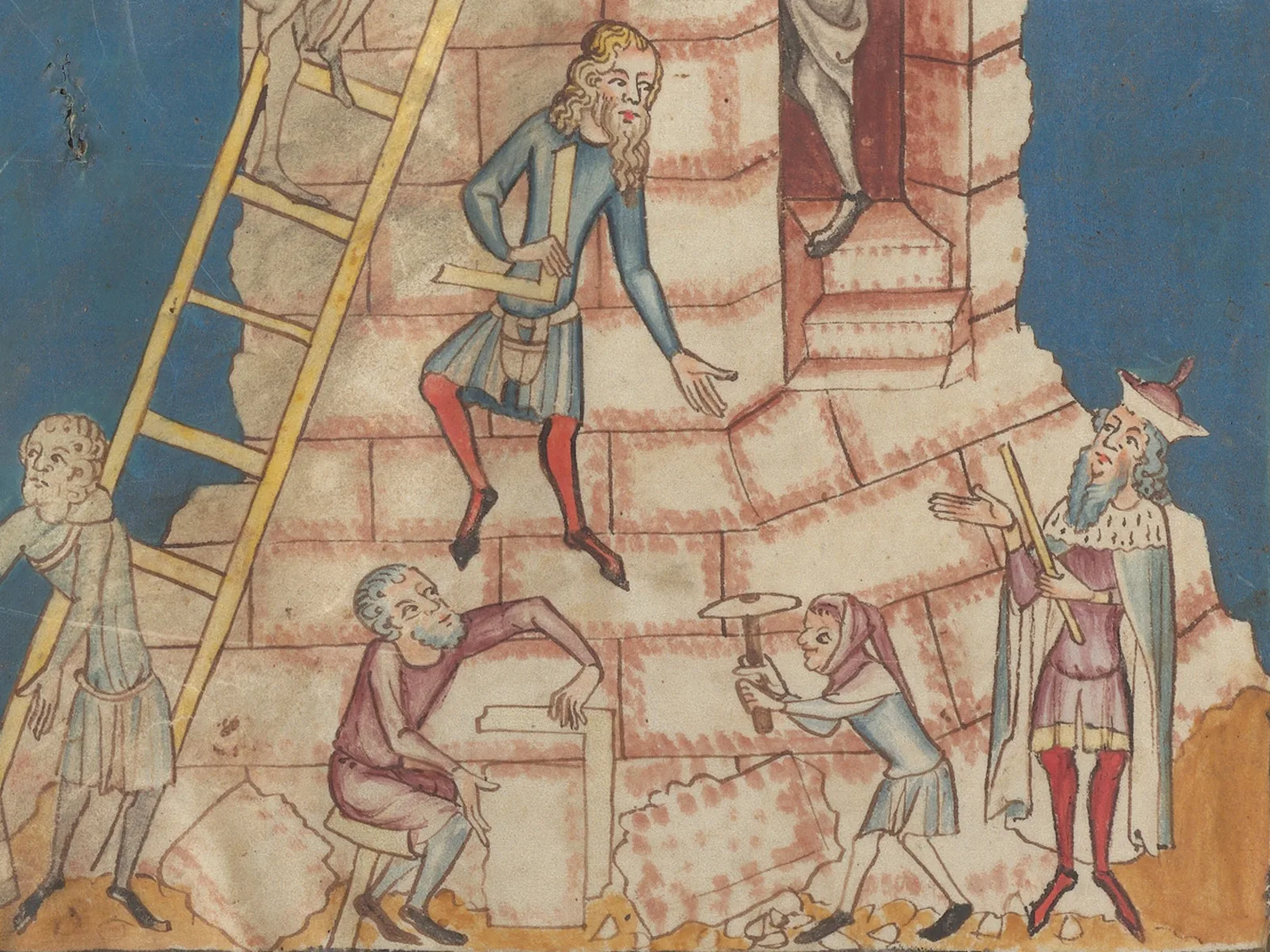
In praise of work
On Labour Day, we celebrate the glories of work. We raise a glass to the workers, but also to the chroniclers, artists and photographers. The pictorial sources they created show people at work throughout the centuries.
1. Working in the fields
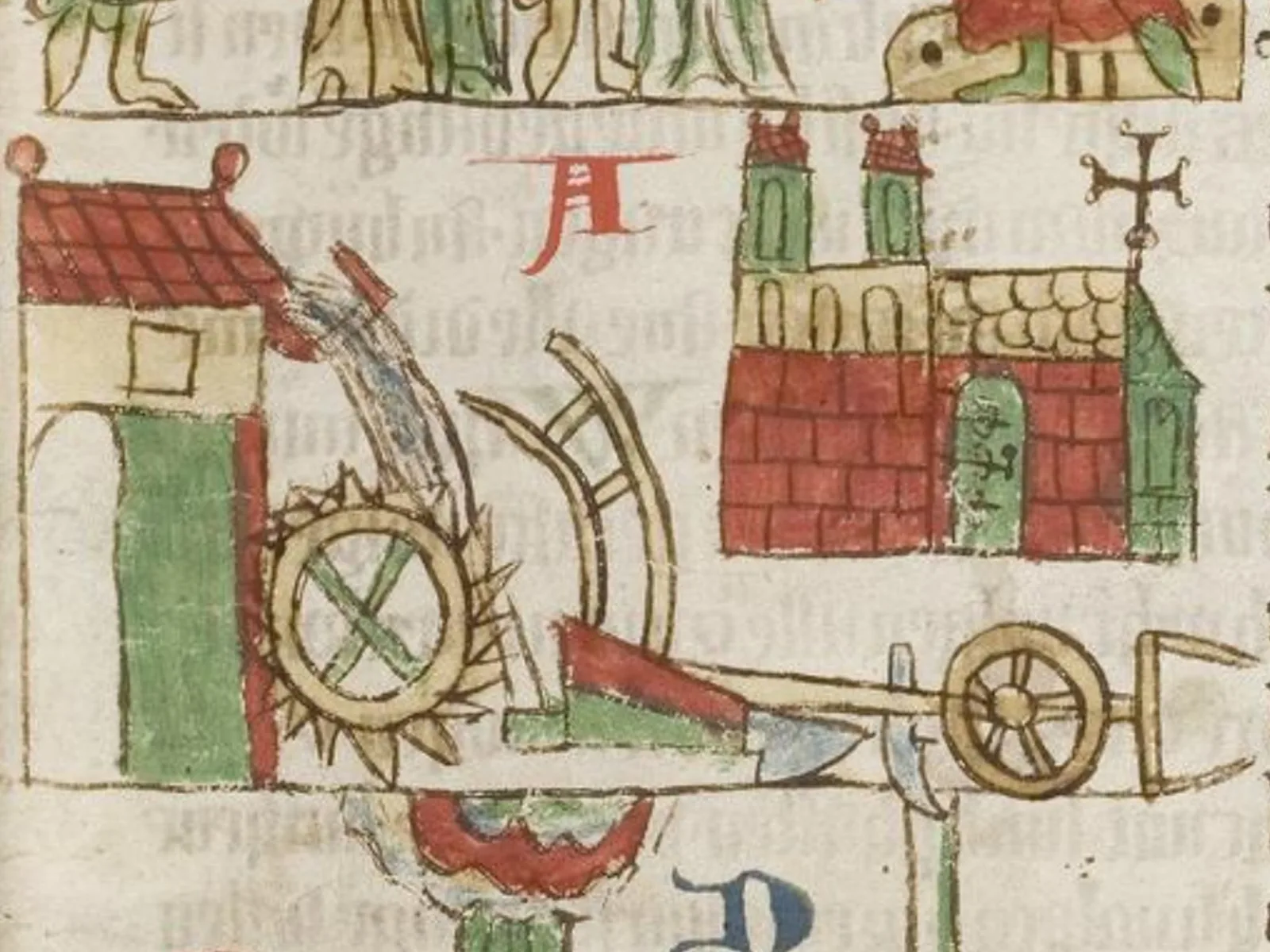
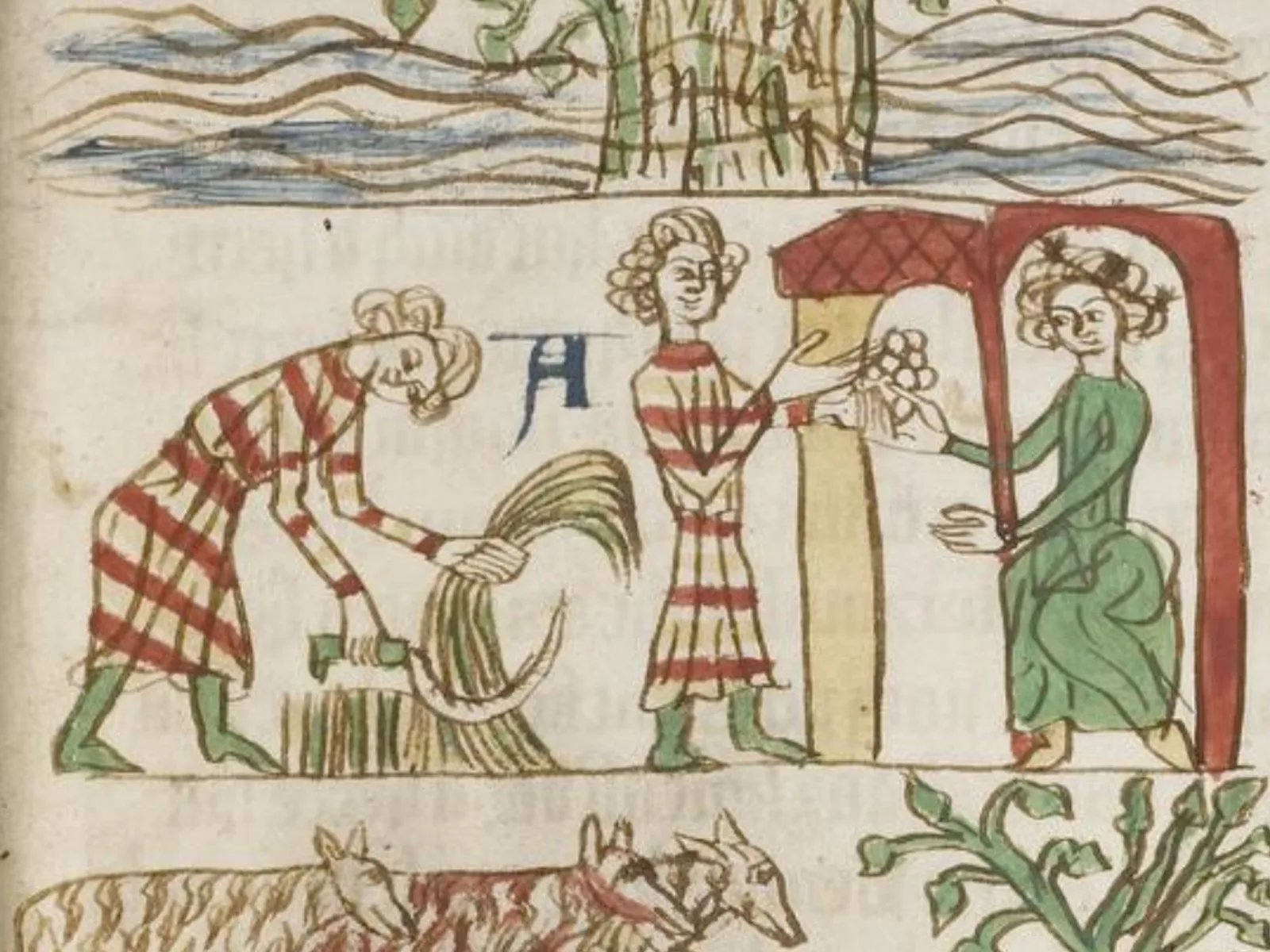
The wheeled plough, a breakthrough in agricultural technology: at the front the wooden wheel frame, and behind it the iron plough blade, which slices into the soil vertically and, together with the iron mouldboard, pushes up whole clods of earth and turns them over – beneficial for nutrients and sowing of seeds. The crop is harvested with the sickle and ground in the mill, which is driven by the waterwheel. Sachsenspiegel, ca. 1230. Heidelberg University / Heidelberg University
2. Clerical work
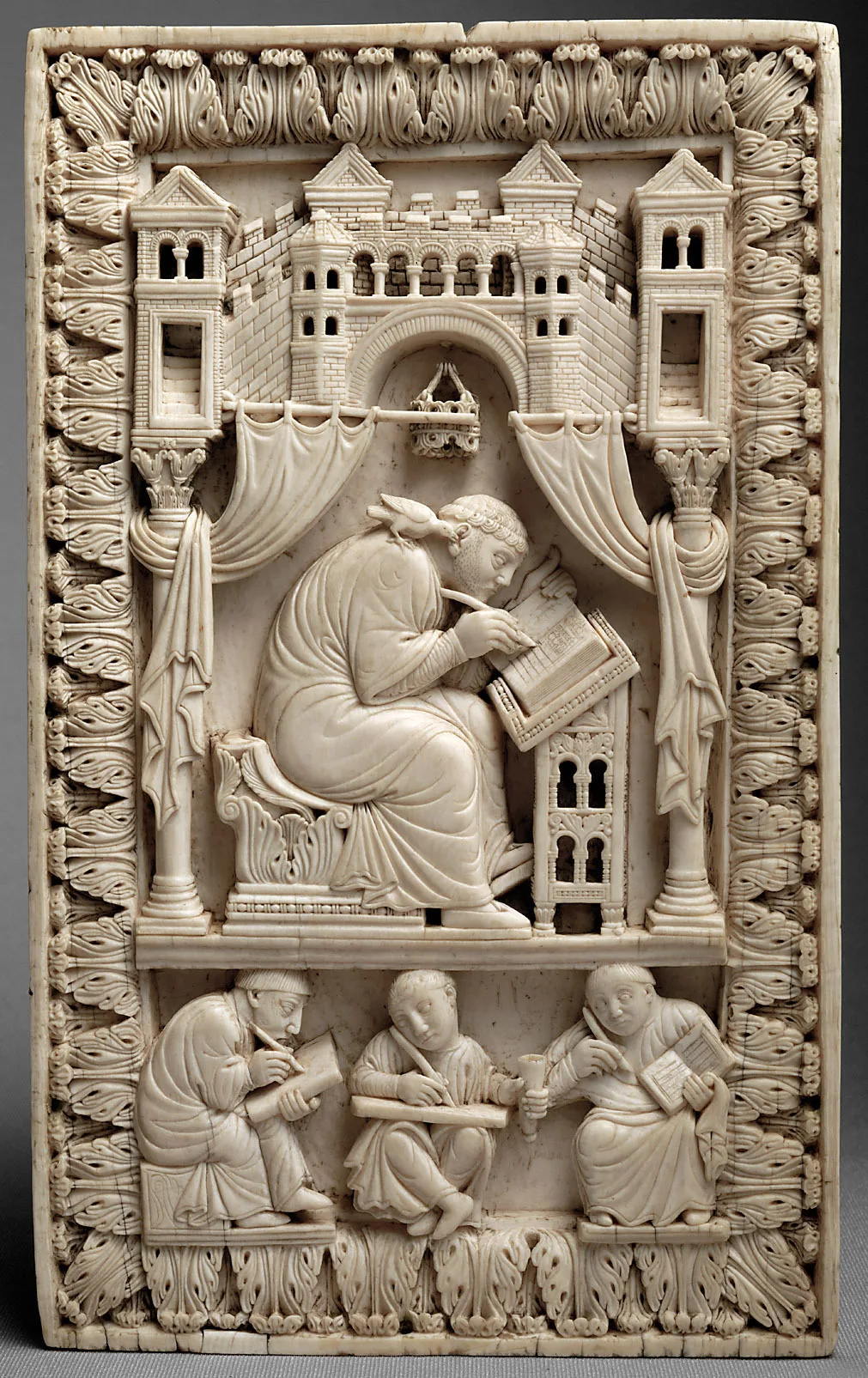
The Holy Spirit is concentrated in Gregory. Meanwhile, the team spirit has taken hold of the three scribes. Inspired by their task, the good companions are working away frantically in their little cubicle. The inkhorn is being passed around. Despite the confined space and the assiduous work, there’s a sense of conviviality. An enchanting image.
3. Construction
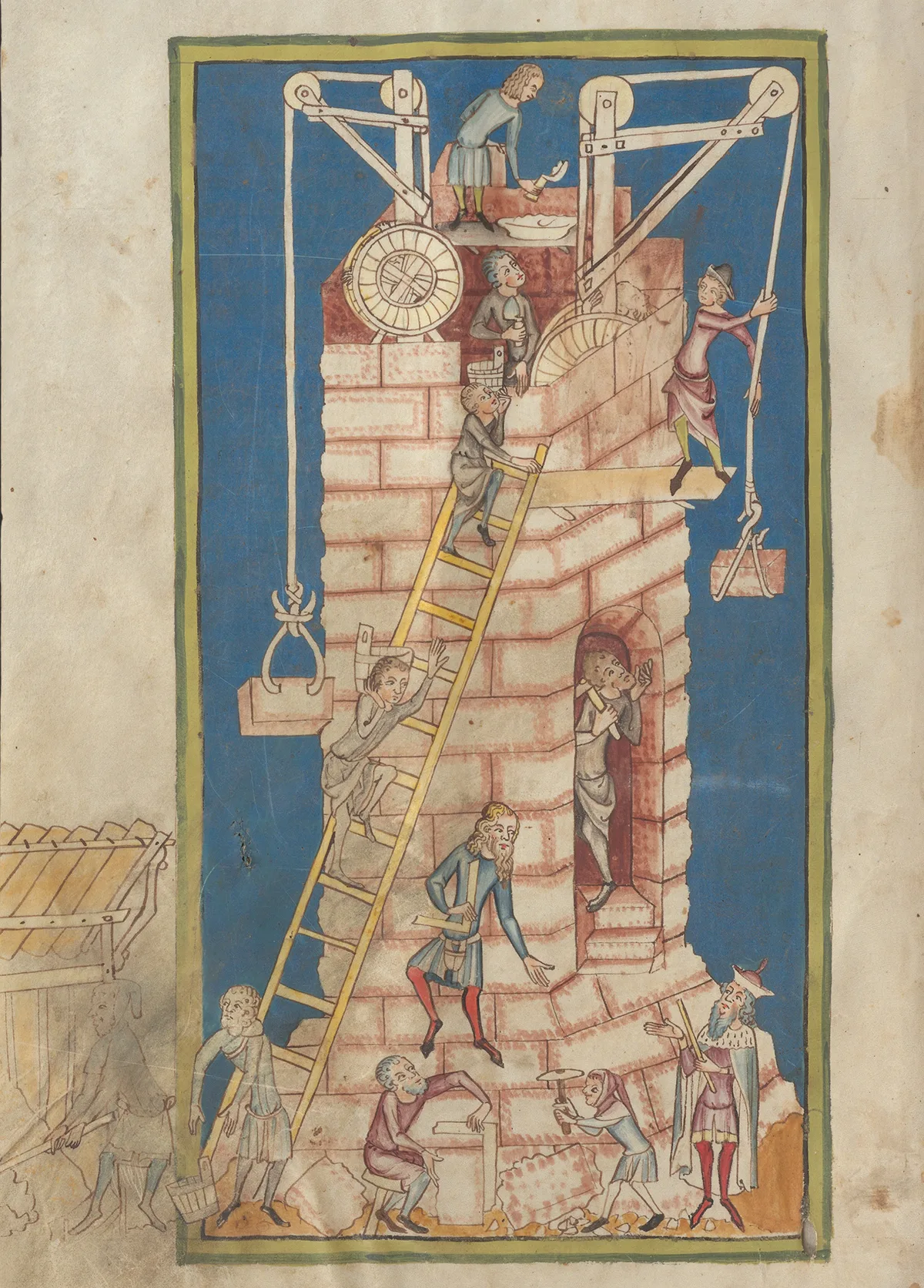
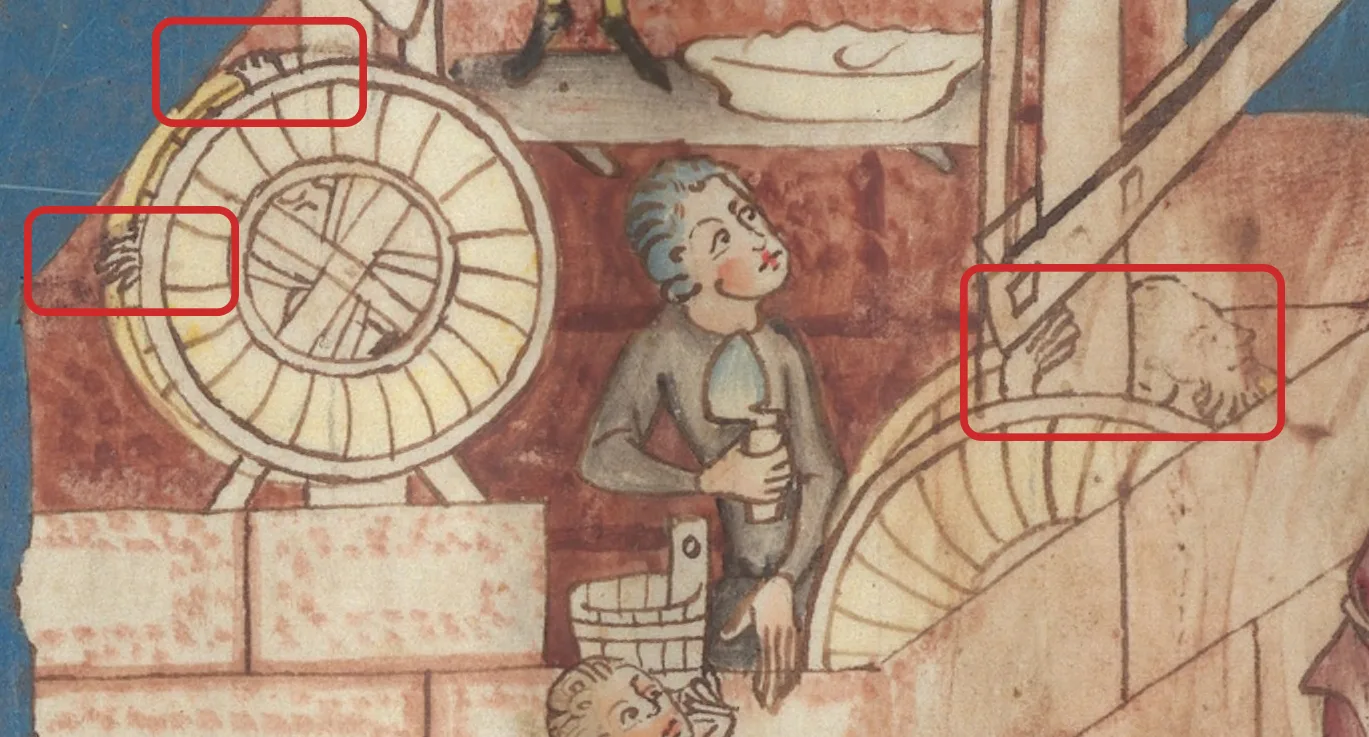
4. “Martine, my dear sir, fill our cups to the brim!”
Even though only its pommel is visible, the dagger is an important clue. In the late Middle Ages, patrons had to hand over their knives and weapons when entering an inn or tavern. It wouldn’t do for inebriated, angry drinkers to hurt themselves in a scuffle. Only the innkeeper carries a dagger. In his tavern, he has the monopoly on violence.
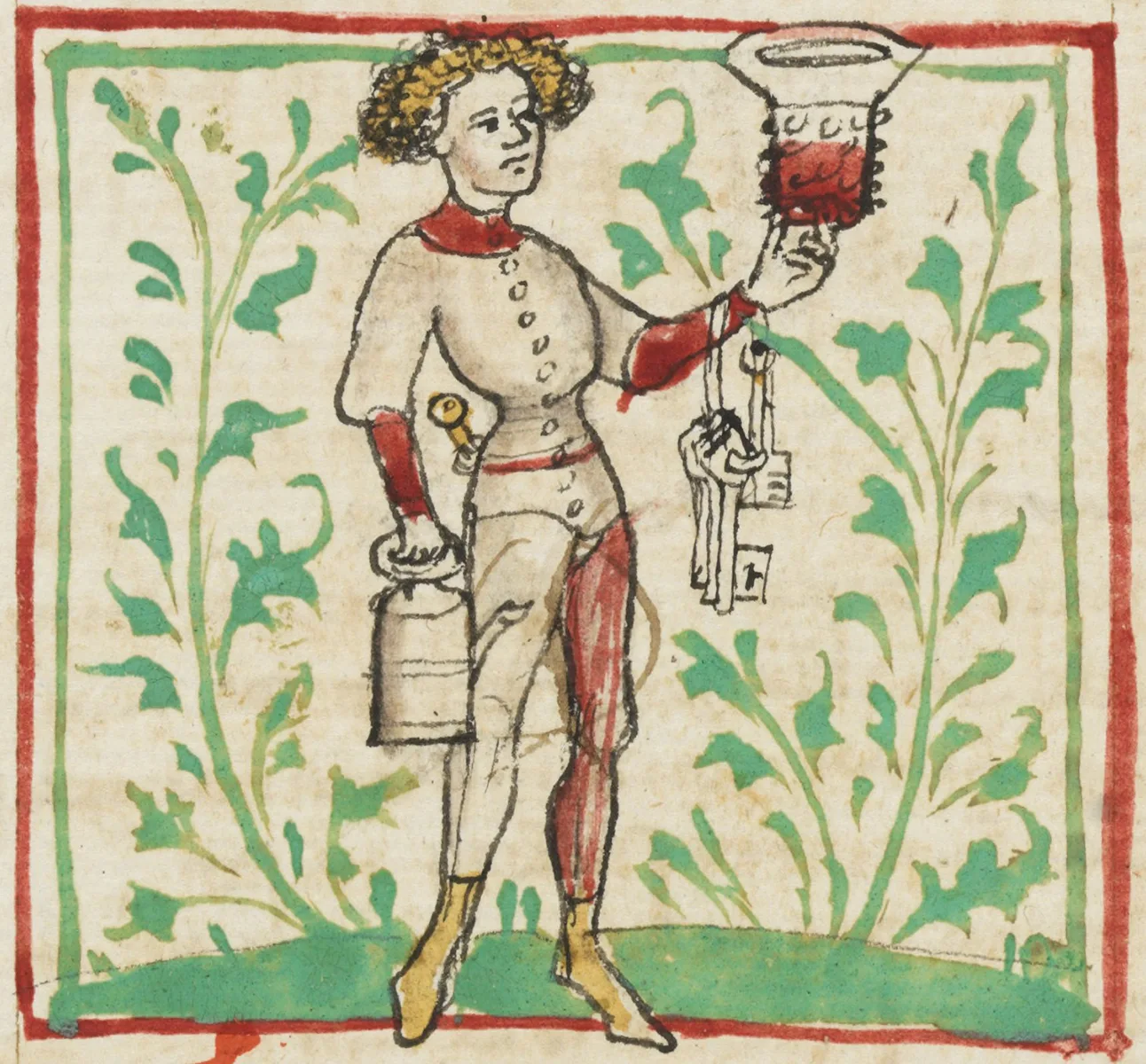
5. Teamwork
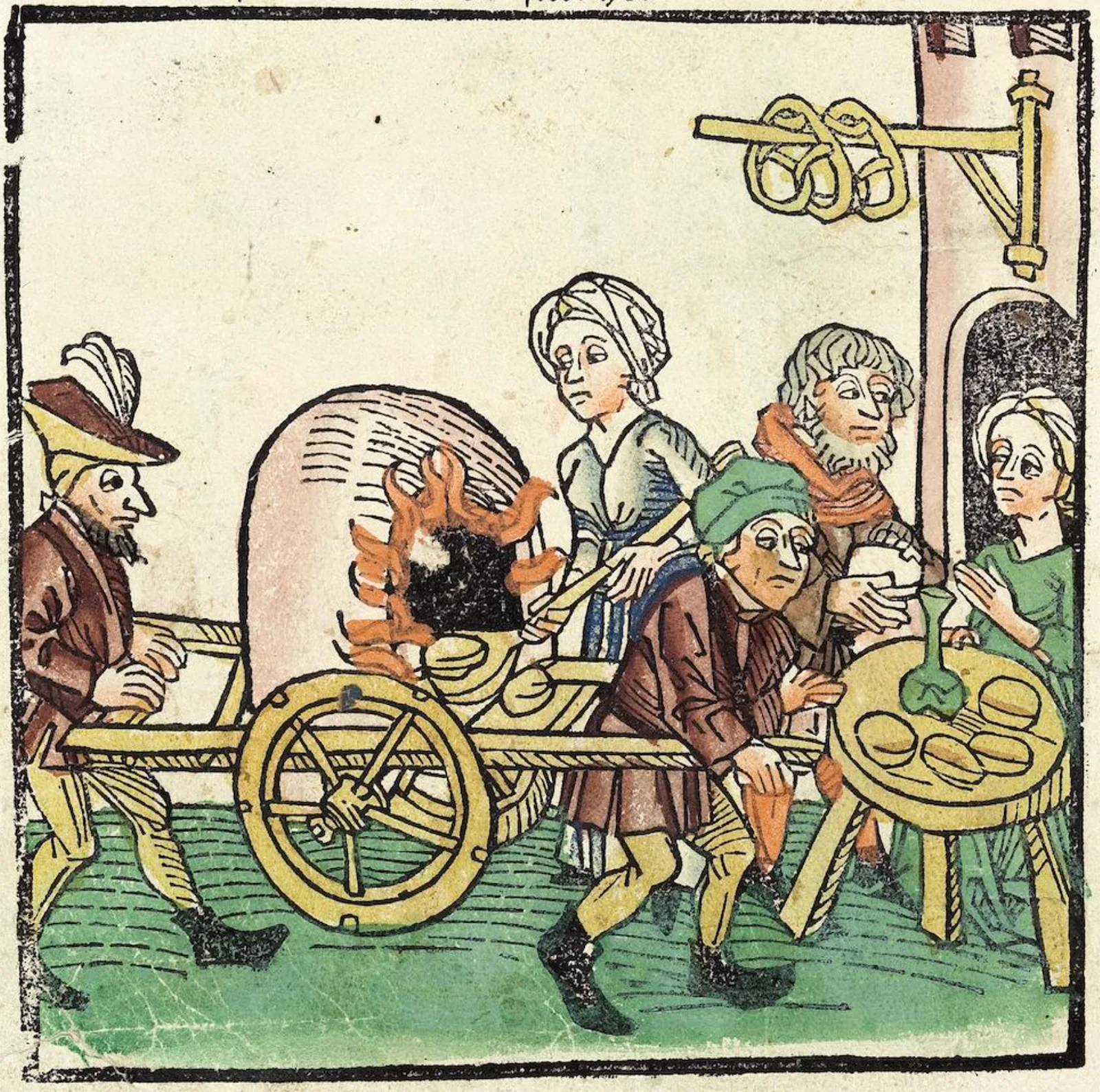
6. “No tears in their sombre eyes. They sit at the loom and bare their teeth.”
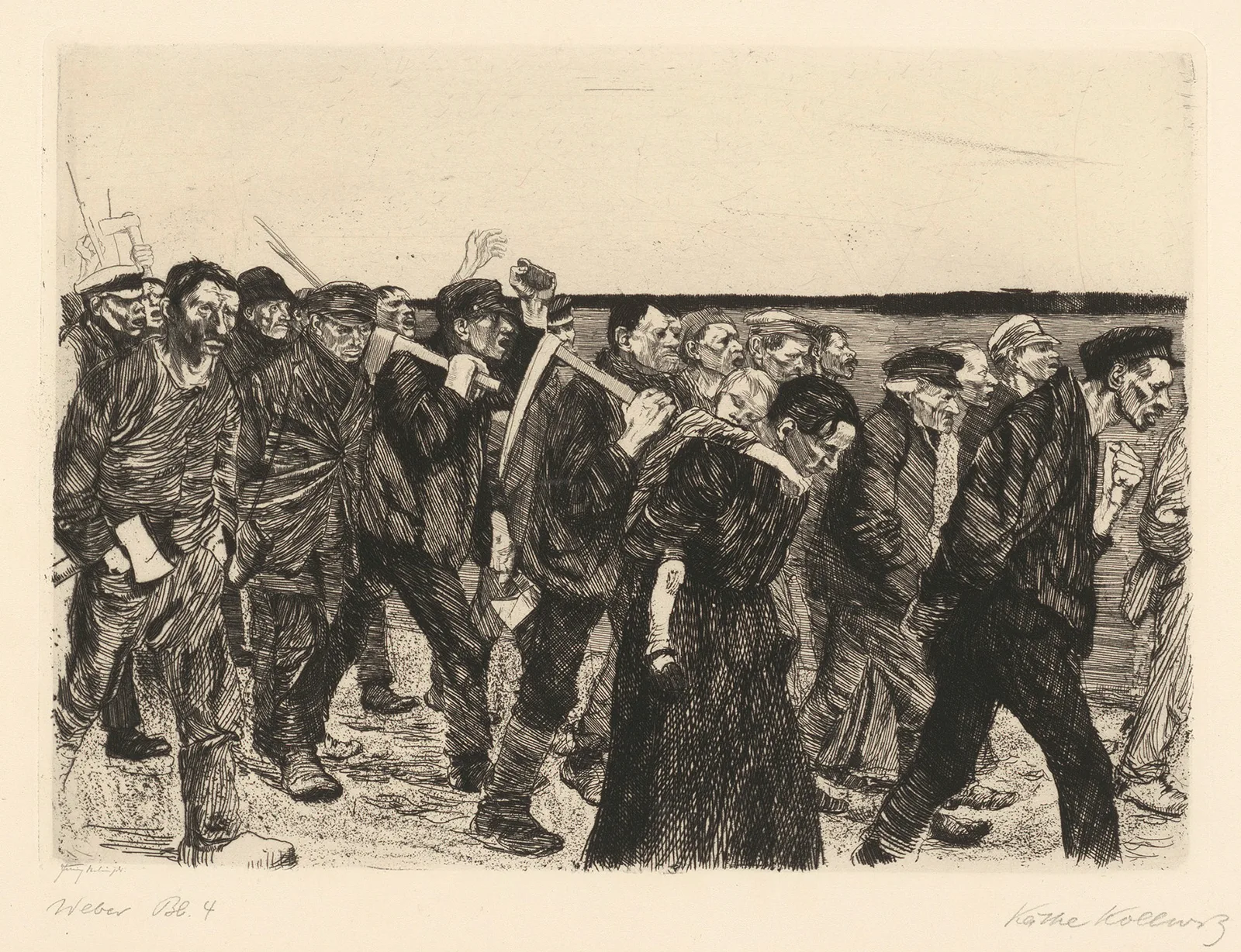
7. Discipline on the factory floor
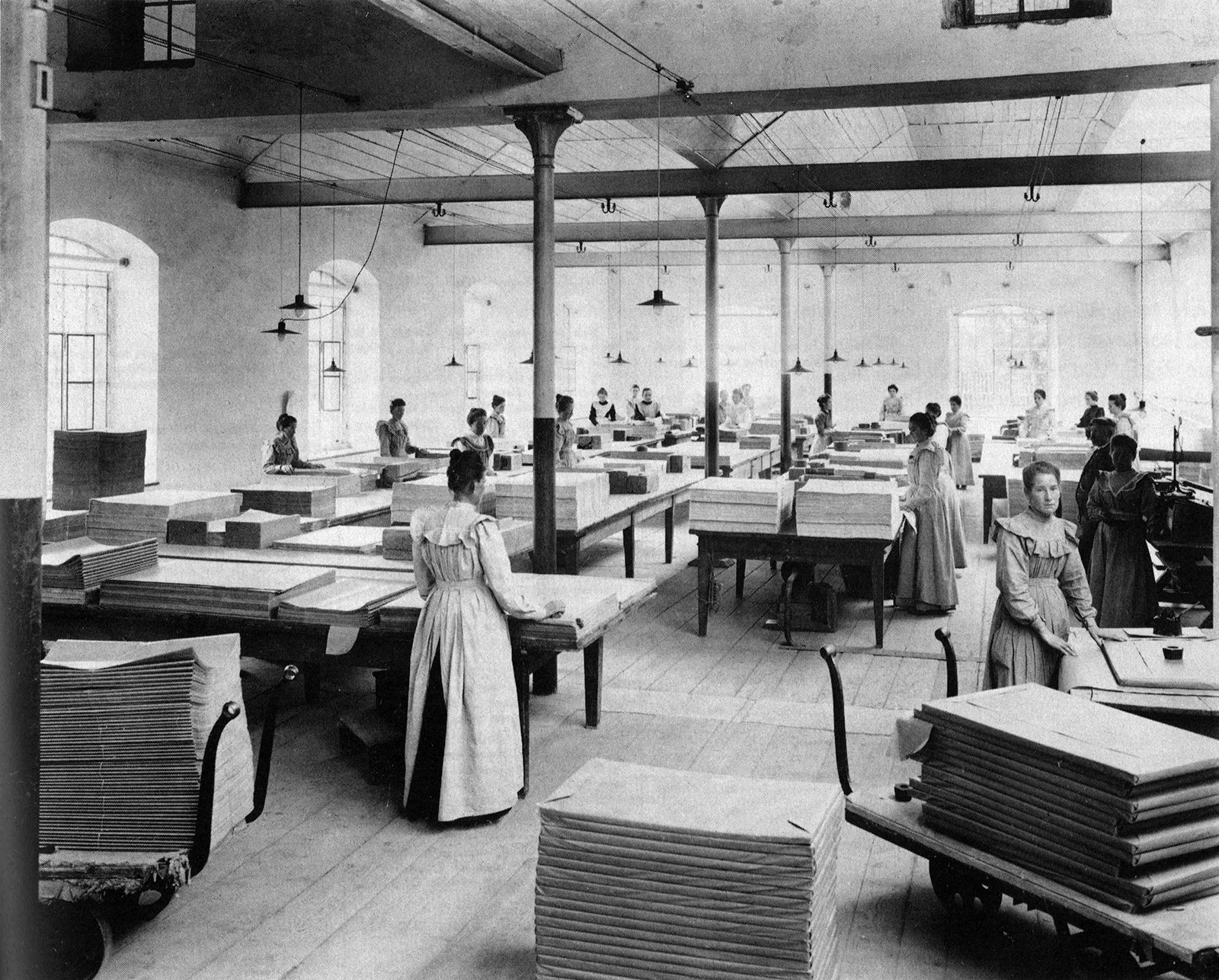
8. Two sides of the same coin
Against this setting, in 1898 a new brick factory was built in Hochdorf. The imposing new building is the perfect backdrop for the solemnly self-conscious line-up of employees and products. Carefully stage-managed down to the last detail, more than a hundred employees each have their specific place. Right at the front, young workers are seated on the floor; others are slightly elevated so that they’re clearly visible but still don’t obscure those behind and above them. In the best spots are the members of the company’s management; the owner is easily identifiable with a stand-up collar, but so are the other members (white shirt, tie, hat, stern face). Behind them, like ladies-in-waiting, a row of female workers. Then more white shirts and hats, if available. The display of workers continues up the steps, now minus the ties. At the right-hand edge, a cart becomes a platform. In the topmost row are the workers from the nearby clay pit, with their gleaming shovels and spades. Restrained pride in their vital contribution to the whole thing: no bricks without clay.
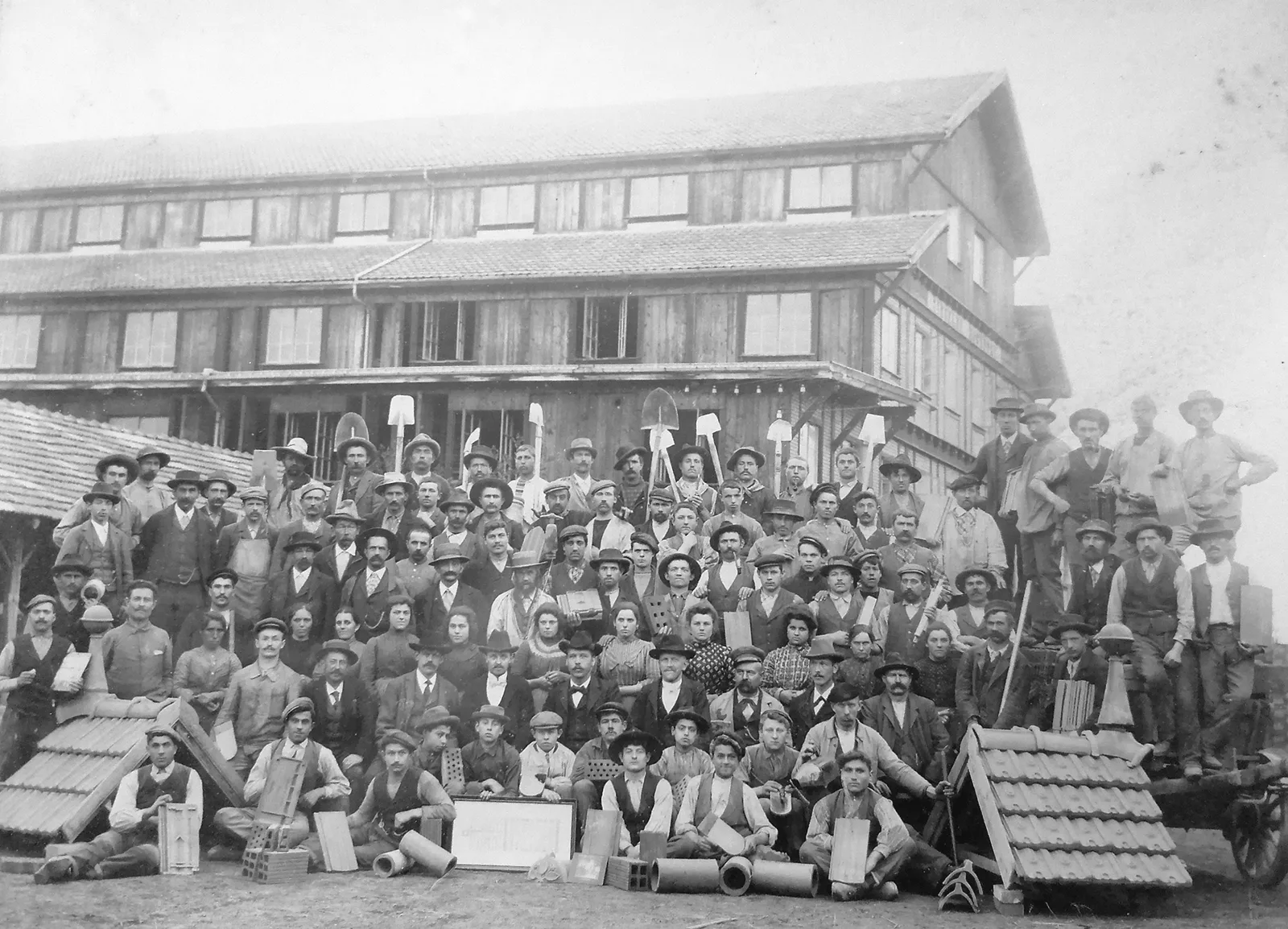
9. “This is our handiwork!”
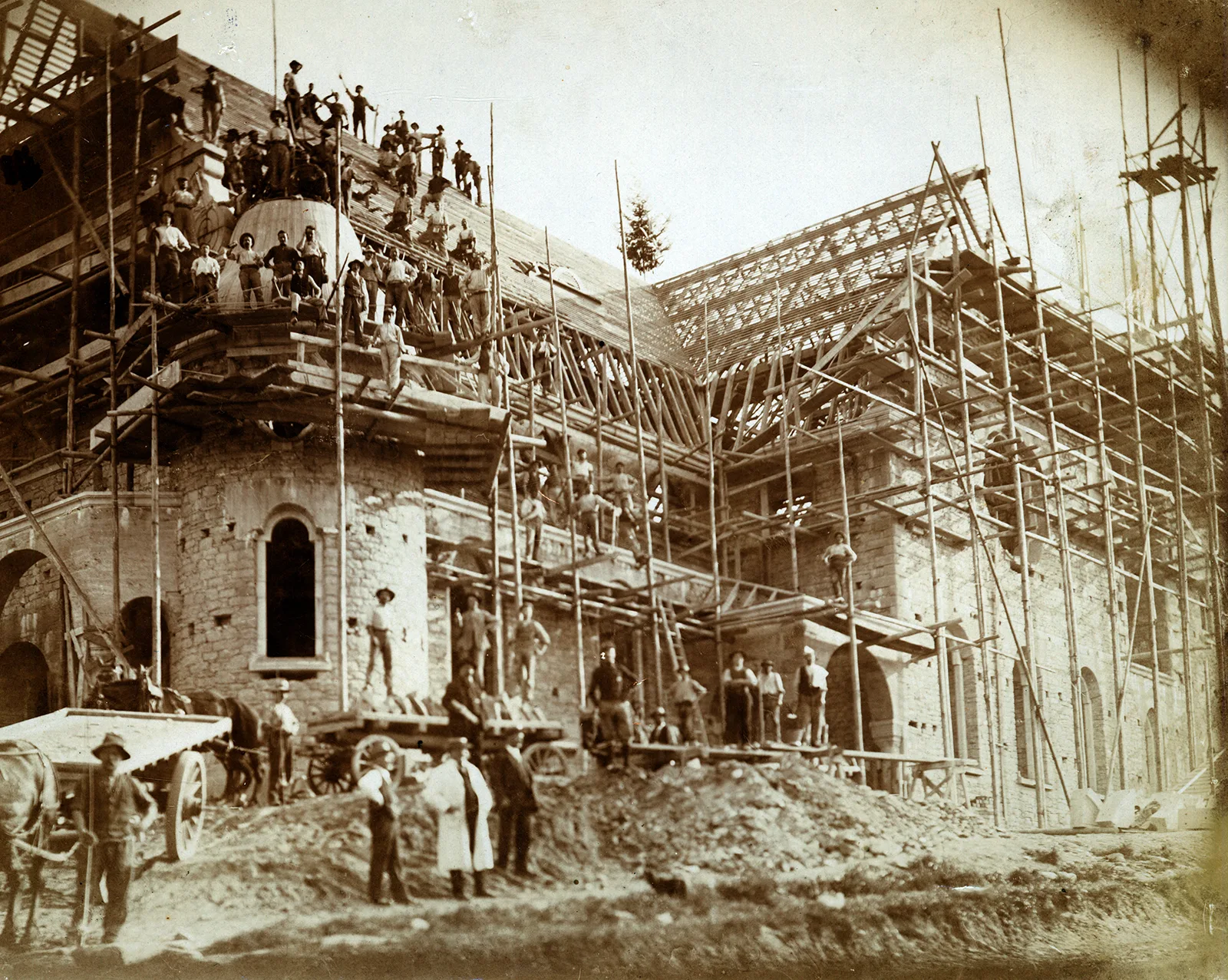
Gaudy is wearing a white topcoat to keep his black suit from getting dirty while he inspects the building. What do you think is going through his head? Perhaps he’s grateful that there weren’t any serious accidents. There were no reports of fatalities here. Not long before this photo was taken, three workers were killed in an accident during the building of another Gaudy church in Romanshorn. Not all members of the winning team made it to the finishing line.
10. What is work? What is life?
